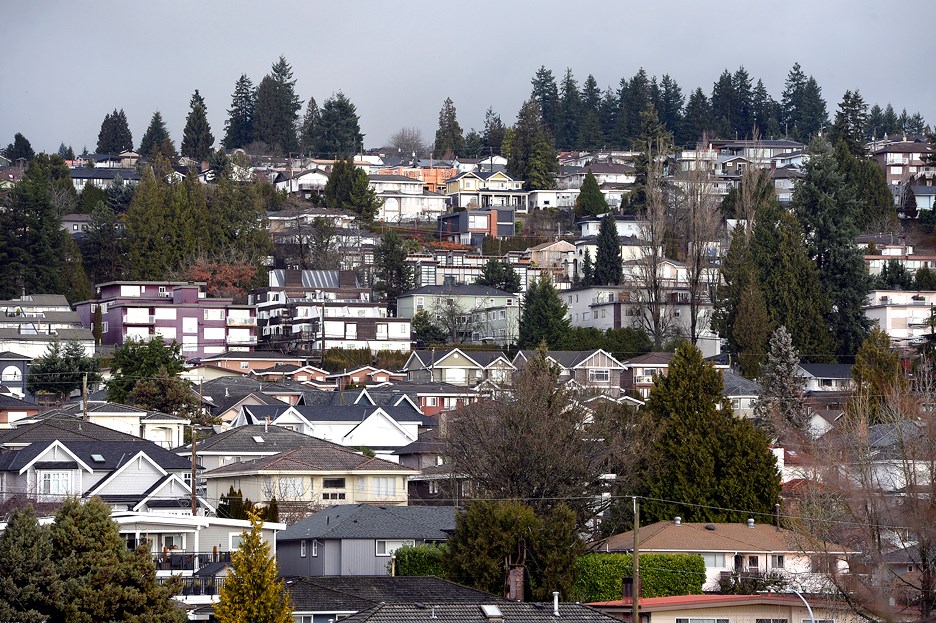Expediting project approval, using rental zoning to develop mixed-income communities, building housing on other public facilities and gentle density in single-family areas.
Those are among the nearly two-dozen strategies the City of Burnaby has come up with to alleviate the housing crisis as staff works to develop an overarching housing and homelessness strategy.
The city began working on the strategy last summer, after the city’s now-defunct housing task force recommended a “made-in-Burnaby” plan on the issue in its final report to council.
The plan outlines five draft goals, including developing inclusive and liveable neighbourhoods; options for homeowners; a renter-friendly community; a “healthy supply” of secure, non-market housing; and a city where homelessness is “rare, brief and one-time.”
Those goals, which still need to be approved by council, are expected to be supported through at least 23 strategies, with more yet to be considered.
Some of the strategies are more stay-the-course on recent strategies and platforms developed.
That includes maintaining a “robust” tenant assistance policy – a policy that was approved just this year – and using rental zoning to maintain a rental stock and develop mixed-income neighbourhoods – another policy that was finalized this year.
Some of the latter strategies are a little lighter on details – for instance, strategies 21 and 22, which call for the city to prevent people from entering homelessness and support pathways out of homelessness.
Some strategies indicate a direction the city should explore, including educational programs on inclusive neighbourhoods, hastening the approvals process and encouraging “a range of housing types.”
But other strategies are more concrete, including the notion of gentle density, an increasingly popular strategy among urbanists. While neighbourhoods like Metrotown are seeing more intense density, with a slew of high-rises, gentle density would see more duplexes, triplexes and fourplexes in single- and two-family neighbourhoods.
The housing strategy is working in tandem with a housing needs assessment, which kicked off in November 2019. The assessment is now a statutory requirement by the B.C. government, which regulates municipalities, with the first assessment due in April 2022 and further assessments every five years.
The City of Burnaby, however, is aiming for a Jan. 29, 2021 deadline per the terms of a $70,000 grant the city received from the Union of B.C. Municipalities to help fund the assessment.
The assessment will include data on population, households, economic sectors, labour force and housing units. Those data will be used to determine the number of units and bedrooms needed in the city, the number of households in “core housing need” or extreme core housing need, and the current and anticipated needs of different types of housing, from affordable to rental to seniors housing.
Core housing need refers to households that pay 30% or more of pre-tax income on housing or which are housed in too small of a space for the household size due to costs.
The city anticipates beginning consultations, including with the public, on its needs assessment in July, while the strategy consultations are expected to begin in August.
The city’s housing task force is expected to reconvene in November to review the draft strategy, with public review of the strategy available from November to January 2021. That should be followed by a finalized report by the end of January.



